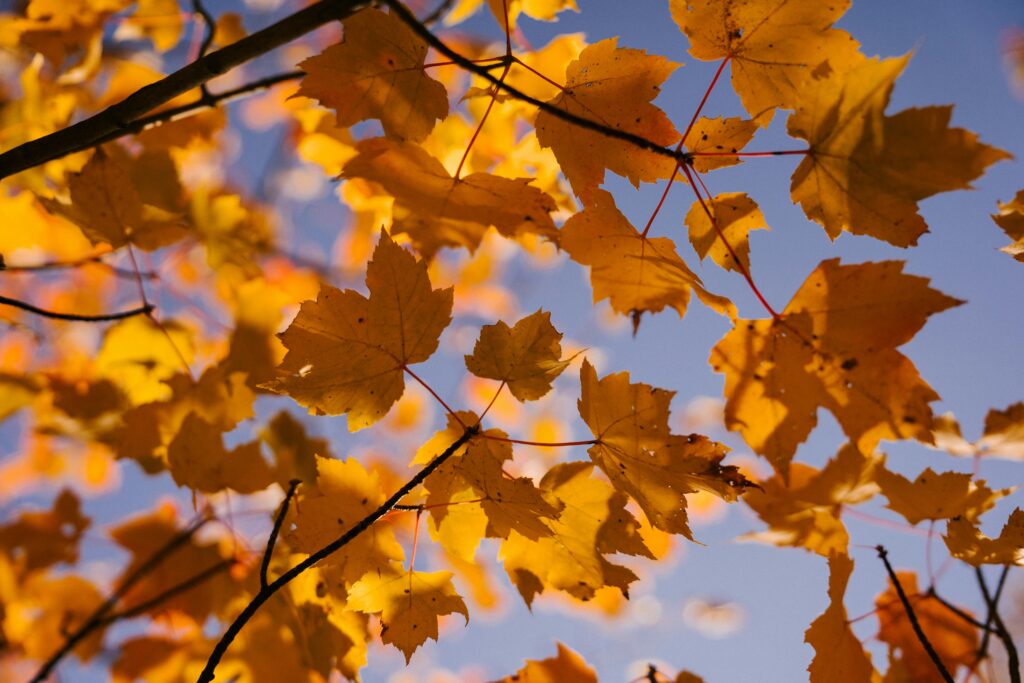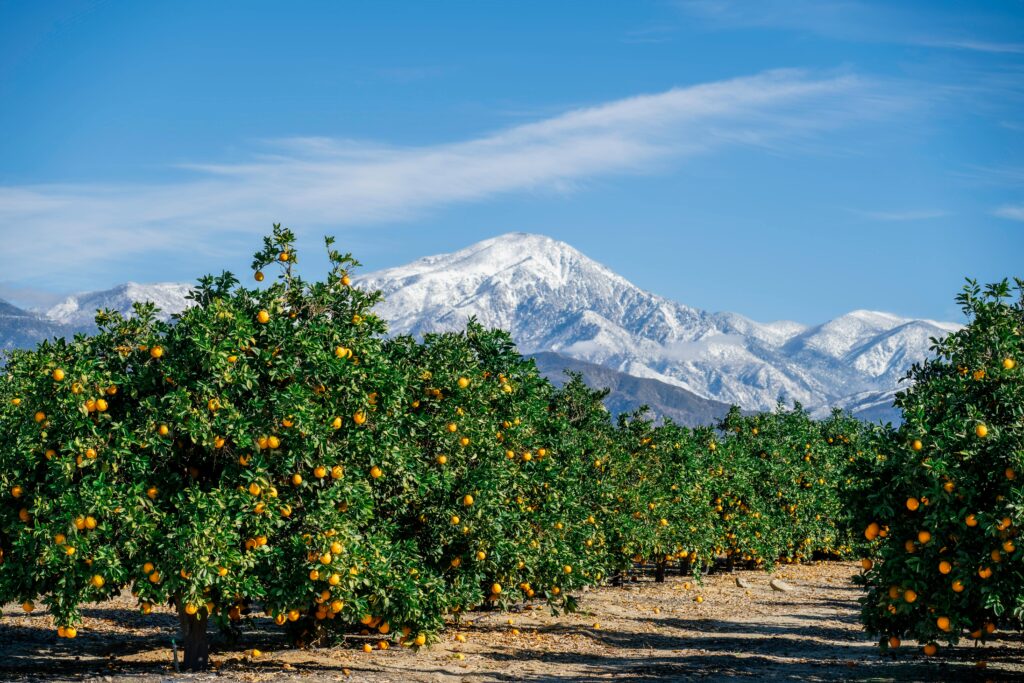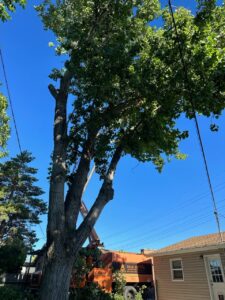Utah County’s diverse landscape features a variety of tree species, each contributing to the area’s unique beauty. However, these trees can face various challenges that might require removal to maintain safety and health. Here’s an overview of common tree species in Utah County, common issues they encounter, and why removal might be necessary.
Common Tree Species in Utah County
- Maple Trees
- Types: Silver Maple, Red Maple
- Features: Maples are renowned for their striking fall colors and broad canopies. They’re commonly planted for their aesthetic appeal and shade.

- Pine Trees
- Types: Ponderosa Pine, Lodgepole Pine
- Features: Pines are valued for their evergreen foliage and towering height, providing year-round greenery and shelter.
- Fruit Trees
- Types: Apple Trees, Cherry Trees
- Features: Fruit trees are popular for their seasonal blossoms and fruit production, enhancing both gardens and orchards.
- Cottonwood Trees
- Types: Fremont Cottonwood
- Features: Cottonwoods are large, fast-growing trees often used for shade and erosion control in riparian areas.
- Junipers
- Types: Rocky Mountain Juniper
- Features: Junipers are hardy evergreens that provide year-round color and are often used in landscaping for their low maintenance.
Common Issues and the Need for Removal
- Maple Trees
- Issues: Maples can suffer from a variety of diseases, such as Verticillium wilt or Maple anthracnose. They may also experience structural problems like weak branch unions.
- Why Removal: If a maple tree is severely diseased or structurally compromised, it can pose a risk of falling or spreading disease to other trees. Removal ensures safety and prevents further spread.
- Pine Trees
- Issues: Pine trees are susceptible to pests like pine beetles and diseases such as white pine blister rust. They can also suffer from needle drop and dieback.
- Why Removal: Infested or diseased pines can weaken and become hazardous, especially in storms. Removing affected trees helps prevent the spread of pests and diseases.
- Fruit Trees
- Issues: Common problems include fruit rot, bacterial canker, and poor fruit production. Overgrowth and disease can also hinder the tree’s health.
- Why Removal: A fruit tree that is extensively diseased or failing to produce fruit may be beyond recovery. Removal can prevent the spread of disease and make way for healthier replacements.

- Cottonwood Trees
- Issues: Cottonwoods are prone to issues like weak branches, invasive roots, and susceptibility to fungal infections. Their large size can also create hazards in urban settings.
- Why Removal: Due to their rapid growth and size, cottonwoods can pose significant risks if not properly managed. Removal might be necessary if they threaten structures or infrastructure.
- Junipers
- Issues: Junipers can experience issues such as juniper blight and spider mites. They are also susceptible to drought stress.
- Why Removal: Severely infected or stressed junipers may not recover and can be a source of disease for other plants. Removal ensures the health of the surrounding landscape.
When to Consider Professional Help
While some issues may be manageable with basic care, many tree problems require the expertise of a professional arborist. If you notice significant disease, structural damage, or potential hazards, it’s best to consult with KTM Trees. Our team can assess the situation and provide safe, effective solutions for tree removal and care.
For more information or to schedule an assessment, contact KTM Trees today!

